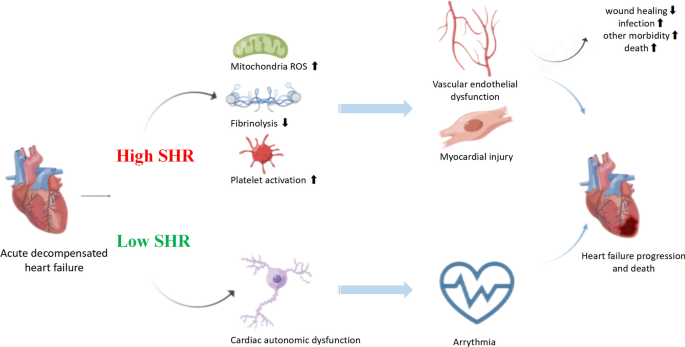Stress Hyperglycemia Ratio in ST-Segment Elevation Myocardial Infarction Patients
Abstract
The study explores the prognostic value of stress hyperglycemia ratio (SHR) derived from glycated albumin (GA) or hemoglobin A1c (HbA1c) on mortality among ST-segment elevation myocardial infarction (STEMI) patients.
Tip: Please fill out the form if you or a friend would like more information on glucose monitoring devices.
Results from 1,643 patients undergoing percutaneous coronary intervention (PCI) in two centers revealed higher SHR1 and SHR2 values associated with increased risks of in-hospital death and all-cause mortality. Incorporating SHR1 or SHR2 into models improved risk prediction for mortality.
Read Guide about Wegovy Dosage Guide: The Best Way For Weight Loss
Introduction
Cardiovascular disease, particularly acute myocardial infarction (AMI), remains a significant cause of morbidity and mortality globally. Despite advancements in treatments like percutaneous coronary intervention (PCI), the mortality rate for ST-segment elevation myocardial infarction (STEMI) remains high.
Stress Hyperglycemia Ratio in STEMI Patients
Stress hyperglycemia ratio (SHR) denotes stress-induced hyperglycemia in critically ill patients and has been linked to poor outcomes in acute coronary syndrome (ACS). However, limited research has explored SHR’s association with mortality in STEMI patients undergoing PCI.
Must Read CGMs in noncritical care hospitals optimizes glycemic control
Methodology and Findings
A retrospective study involving 1,643 STEMI patients undergoing emergency PCI revealed a significant correlation between SHR1, calculated using fasting blood glucose (FBG)/GA, and SHR2, calculated using FBG/(1.59*HbA1c-2.59), with in-hospital death and all-cause mortality. Both SHR1 and SHR2 exhibited a linear relationship with mortality risk, independent of traditional risk factors.
Predictive Value of SHR
SHR derived from GA or HbA1c demonstrated similar predictive capabilities for mortality in STEMI patients undergoing PCI. The inclusion of SHR1 or SHR2 significantly improved risk prediction beyond traditional factors, emphasizing their potential as prognostic markers.
Also, read about Importance of CGM Subsidy for Type 2 Diabetes in Children
Conclusion
The study establishes SHR derived from GA or HbA1c as robust prognostic markers for mortality in STEMI patients undergoing PCI. Integrating these ratios into risk assessment models may enhance risk stratification and improve patient outcomes in clinical settings.


